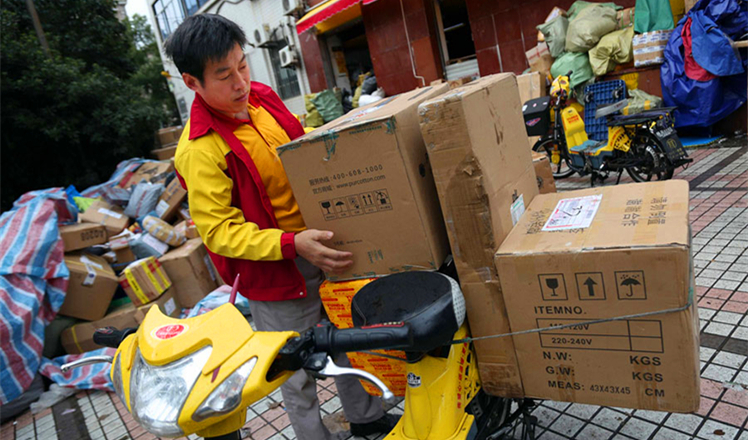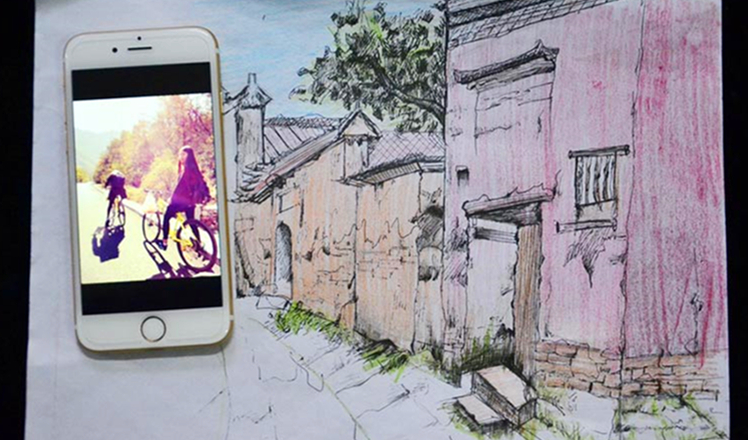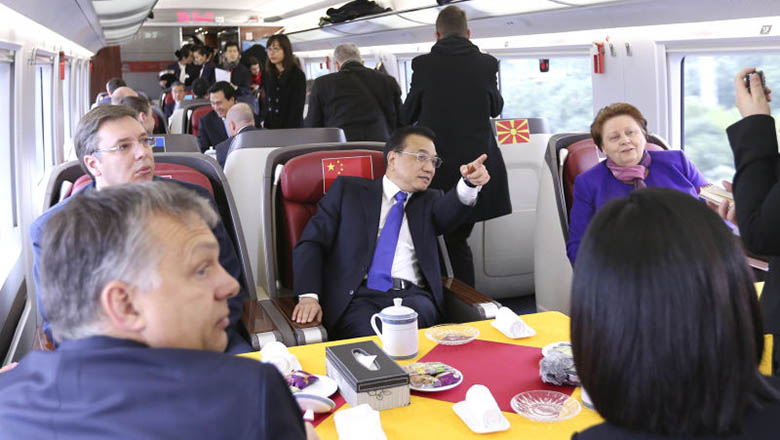Cleaner, greener roads for the future
Updated: 2015-11-28 05:36
By Zhou Wenting in Shanghai(China Daily)
|
||||||||
Shanghai’s authorities will continue to pursue a green development model for traffic matters over the next five years, with the main focus on further developing public transportation and offering stronger support for new-energy vehicles.
This emphasis on going green falls in line with the country’s aim to achieve a harmonious co-existence between the growing demand for transportation and an urgent need to protect the environment and preserve resources, said Sun Jianping, director of the Shanghai Municipal Transportation Commission.
“With high pollution vehicles gradually being replaced by environmentally-friendly cars, nitrogen oxide emissions have declined for four consecutive years, and this has helped improve the atmospheric environment,” Sun said.
According to Zhang Quan, director of Shanghai Environmental Protection Bureau, motor vehicles currently account for about 30 percent of the city’s PM 2.5, the fine particles that pose health hazards.
Evidently, years of investment in the public transportation system has yielded rewards. Last year, the passenger capacity of the city’s metro system exceeded that of buses for the first time in the city’s history. Also, according to statistics from the Shanghai Municipal Transportation Commission, the average mileage of a private car in Shanghai in 2014 was 32 km per day, an 18 percent drop from 2009.
Sun said that one of the ways forward will be to extend the municipality’s metro network, saying: “The length of metro lines will measure a total of 800 km in 2020 and there will be more than 500 stations on 18 routes, making Shanghai the city with the most developed underground traffic system in the country.”
Authorities will also be building more bus lanes as well as setting up more park-and-ride facilities — car parking spaces located near public transport connections that provide commuters easy access to the city center.
With regard to new energy vehicles, Sun said the government will maintain their strong support schemes, including the 40,000 yuan subsidy ($6,300) that is currently being offered to the buyers of such cars, in addition to free vehicle licenses.
The latter is considered a very attractive perk as it is very difficult and costly to get one in Shanghai. During the monthly auction for license plates in October, the lowest bid was a staggering 85,300 yuan. Furthermore, applicants only stand a 4.5 chance of winning a bid.
“We are mulling over more preferential policies to new energy car buyers. Such policies in some other cities include free parking in downtown areas,” Sun added.
As of September, there are about 35,000 new energy vehicles, including 1,500 buses, in Shanghai.
zhouwenting@chinadaily.com.cn
- Britain's Cameron says time to bomb militants in Syria
- Russia accept full suspension from athletics
- Turkish and Russian FMs to meet in Belgrade
- S.Korea, DPRK agree to hold vice ministers' meeting for improved ties
- Avoiding escalation over Russian warplane downing
- Rights panel presses US over scientists' cases

 A day in the life of a deliveryman
A day in the life of a deliveryman
 Orphanage shows love and compassion across borders
Orphanage shows love and compassion across borders
 College student paints creative travelogue
College student paints creative travelogue
 Macy's Thanksgiving Day Parade colors NYC
Macy's Thanksgiving Day Parade colors NYC
 Obama pardons National Thanksgiving Turkey 'Abe'
Obama pardons National Thanksgiving Turkey 'Abe'
 Premier road show: Li takes CEE leaders on high-speed train ride
Premier road show: Li takes CEE leaders on high-speed train ride
 Trending: Love through war and peace
Trending: Love through war and peace
 Miss World 2015 to be crowned in Sanya
Miss World 2015 to be crowned in Sanya
Most Viewed
Editor's Picks

|

|

|

|

|

|
Today's Top News
Chinese president arrives in Turkey for G20 summit
Islamic State claims responsibility for Paris attacks
Obama, Netanyahu at White House seek to mend US-Israel ties
China, not Canada, is top US trade partner
Tu first Chinese to win Nobel Prize in Medicine
Huntsman says Sino-US relationship needs common goals
Xi pledges $2 billion to help developing countries
Young people from US look forward to Xi's state visit: Survey
US Weekly

|

|








